Symbols Dashboard Oil Light on Car: Potential Issues!
The dashboard oil light in a car is an important warning indicator that alerts the driver to potential issues with the vehicle’s oil pressure or level. If this light comes on, it’s critical to address the situation promptly to prevent engine damage.
The oil light on a car’s dashboard can be triggered by various factors:
Ignoring the oil light can lead to severe engine damage, including overheating and increased wear on engine components.
Therefore, it is advisable to stop the vehicle as soon as it is safe to do so and check the oil level, adding oil if necessary. If the problem persists, professional mechanical assistance should be sought.
Timely response to the dashboard oil light can save you from costly engine repairs and ensure your car runs smoothly.

Key Takeaway
Understanding the Car Dashboard Oil Light Indicator
| Potential Issue | Solution | Urgency |
|---|---|---|
| Low Oil Level | Add oil to reach proper level. | Immediate |
| Oil Pressure Problems | Check for blockages, repair oil pump. | Immediate |
| Faulty Oil Pressure Sensor | Replace or repair the oil pressure sensor. | As soon as possible |
Understanding the Oil Light Indicator

Why does the oil light indicator come on in a car? The oil light indicator illuminates to signal low oil pressure. This could be due to insufficient oil levels, a problem with the oil pump, or a blockage in the oil filter.
Low oil pressure can lead to serious engine damage if not addressed promptly. When the oil light comes on, it is crucial to pull over safely and check the oil level using the dipstick.
If the oil level is low, topping it up may temporarily resolve the issue, but it is advisable to have the car inspected by a mechanic to identify and address any underlying problems.
Regular maintenance, including oil changes and filter replacements, can help prevent oil pressure issues and maintain the health of the engine.
Importance of Regular Oil Checks
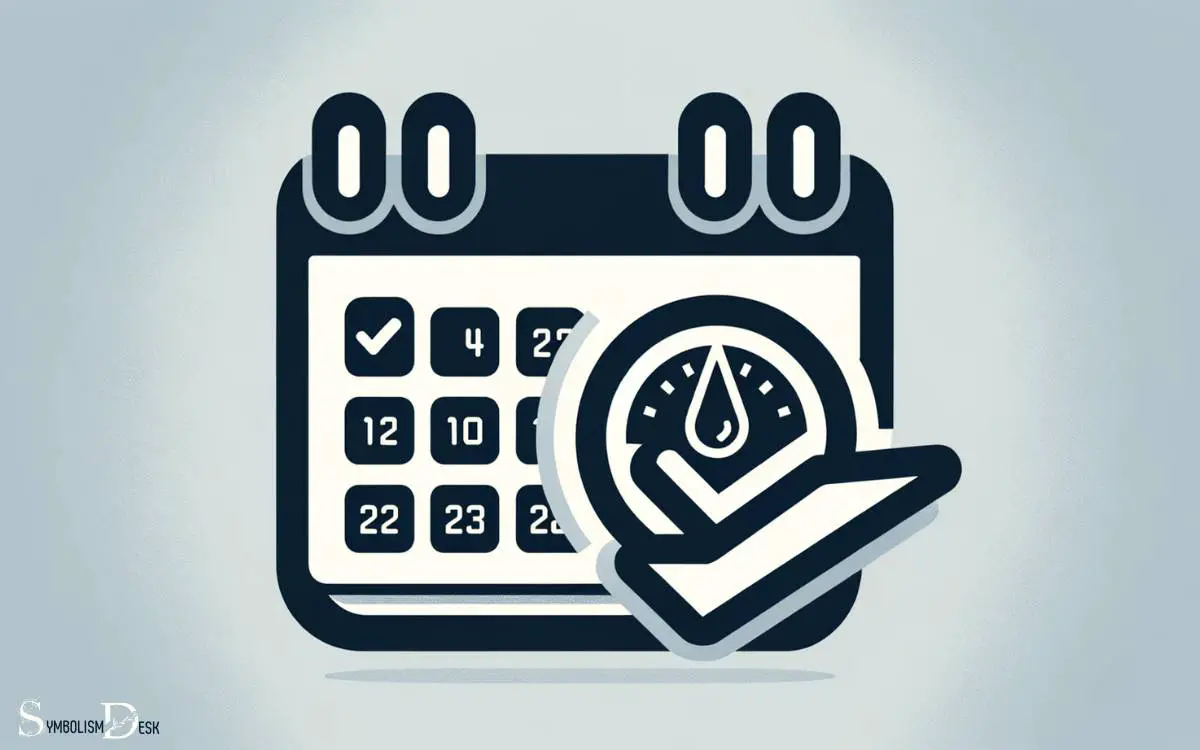
Regular oil checks are essential for maintaining the health and performance of a car’s engine. Engine oil lubricates moving parts, reduces friction, and helps to dissipate heat. Over time, oil breaks down and becomes contaminated with debris, reducing its effectiveness.
Regular checks ensure that the oil level is adequate and that it is clean and able to perform its functions optimally. Low oil levels can lead to increased friction and heat, potentially damaging the engine.
Additionally, old or dirty oil can cause sludge buildup, which can clog vital engine components. By regularly checking and changing the oil as needed, car owners can prolong the life of their engine and avoid costly repairs.
It’s a simple maintenance task that can have a significant impact on the overall performance and longevity of a vehicle.
Common Causes of Oil Light Activation
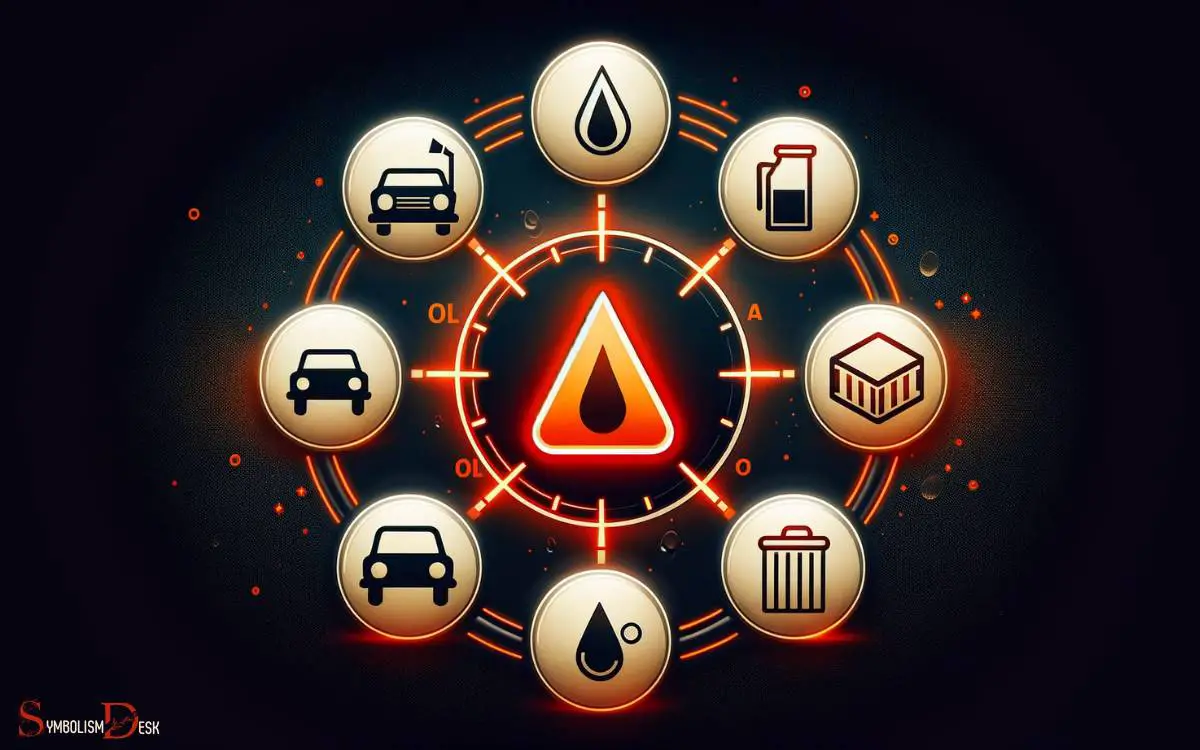
The oil light on a car’s dashboard can be activated by several common causes. These include a low oil level, malfunctioning oil pump, or an engine oil leak.
Understanding these potential triggers can help car owners address the issue promptly and prevent potential damage to the vehicle’s engine.
Low Oil Level
Noticing a low oil level is a common cause of oil light activation on the dashboard of a car. Several factors can lead to a low oil level, including:
- Oil Leaks: Cracked oil pan, worn gaskets, or damaged oil filters can result in oil leaks.
- Inadequate Oil Changes: Infrequent oil changes or using the wrong type of oil can deplete oil levels.
- Burning Oil: Worn piston rings or valve seals can cause oil to burn within the engine, reducing oil levels.
- Oil Consumption: Some engines naturally consume more oil, leading to lower oil levels over time.
Understanding these common causes is essential for maintaining proper oil levels and preventing oil light activation. This knowledge is crucial for diagnosing potential issues, such as oil pump malfunction.
Oil Pump Malfunction
One common cause of oil light activation on a car’s dashboard is a malfunctioning oil pump. The oil pump is a critical component responsible for circulating oil throughout the engine. When it malfunctions, it can lead to a drop in oil pressure, triggering the oil light on the dashboard.
Several factors can contribute to oil pump malfunction, as outlined in the table below:
| Common Causes of Oil Pump Malfunction | Description |
|---|---|
| Worn-out Pump Gears | Over time, the gears can wear out, leading to decreased oil pressure. |
| Clogged Oil Pickup Tube | Buildup of sludge or debris can restrict the flow of oil to the pump, causing low oil pressure. |
| Faulty Pressure Relief Valve | If the valve fails to regulate oil pressure, it can result in erratic oil flow and pressure fluctuations. |
Addressing these issues promptly through regular maintenance can help prevent oil pump malfunction and ensure proper engine lubrication.
Engine Oil Leak
A common cause of oil light activation on a car’s dashboard is a 1. engine oil leak, which can result from various issues such as worn gaskets or loose fittings. When the engine oil leaks, it can trigger the oil light on the dashboard to illuminate, indicating low oil pressure.
The following are common causes of engine oil leaks:
- Worn or damaged gaskets and seals: Over time, the gaskets and seals that prevent oil from leaking may degrade, leading to oil leaks.
- Loose or improperly sealed oil filter: If the oil filter is not properly tightened during installation, it can cause oil to leak from the filter housing.
- Damaged oil pan: A damaged or corroded oil pan can develop cracks and cause oil to leak from the bottom of the engine.
- Overfilled oil: Excess oil can lead to increased pressure, causing leaks at gaskets and seals.
Consequences of Ignoring the Oil Light
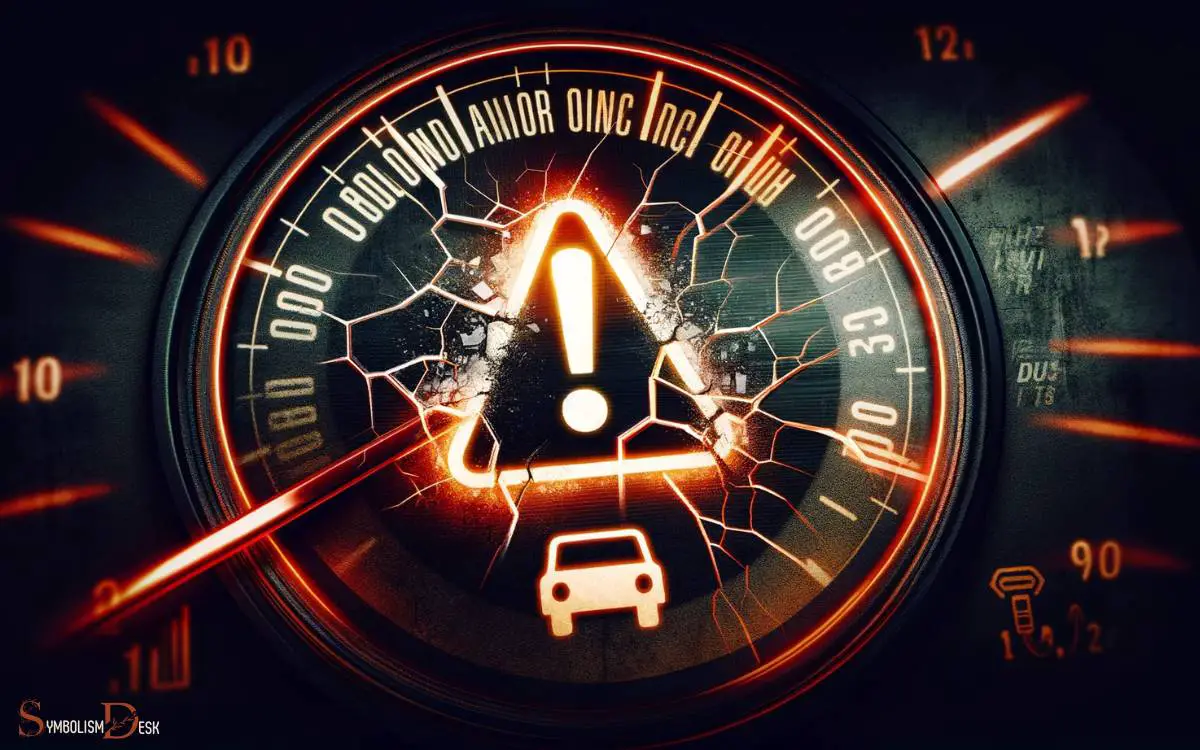
Ignoring the oil light can lead to serious engine damage if left unaddressed. The oil light indicates low oil pressure, which is crucial for lubricating the engine’s moving parts.
Without proper lubrication, these parts can experience increased friction and heat, leading to premature wear and potential failure. Ignoring the oil light may result in costly repairs or even engine replacement.
Continued operation with low oil pressure can cause irreversible damage to the engine bearings, pistons, and other vital components.
Over time, this can lead to decreased engine performance, increased fuel consumption, and ultimately, complete engine failure.
It is essential to address the oil light promptly to prevent long-term damage and maintain the overall health of the vehicle’s engine. Resolving oil light issues requires immediate attention to prevent further complications.
Resolving Oil Light Issues
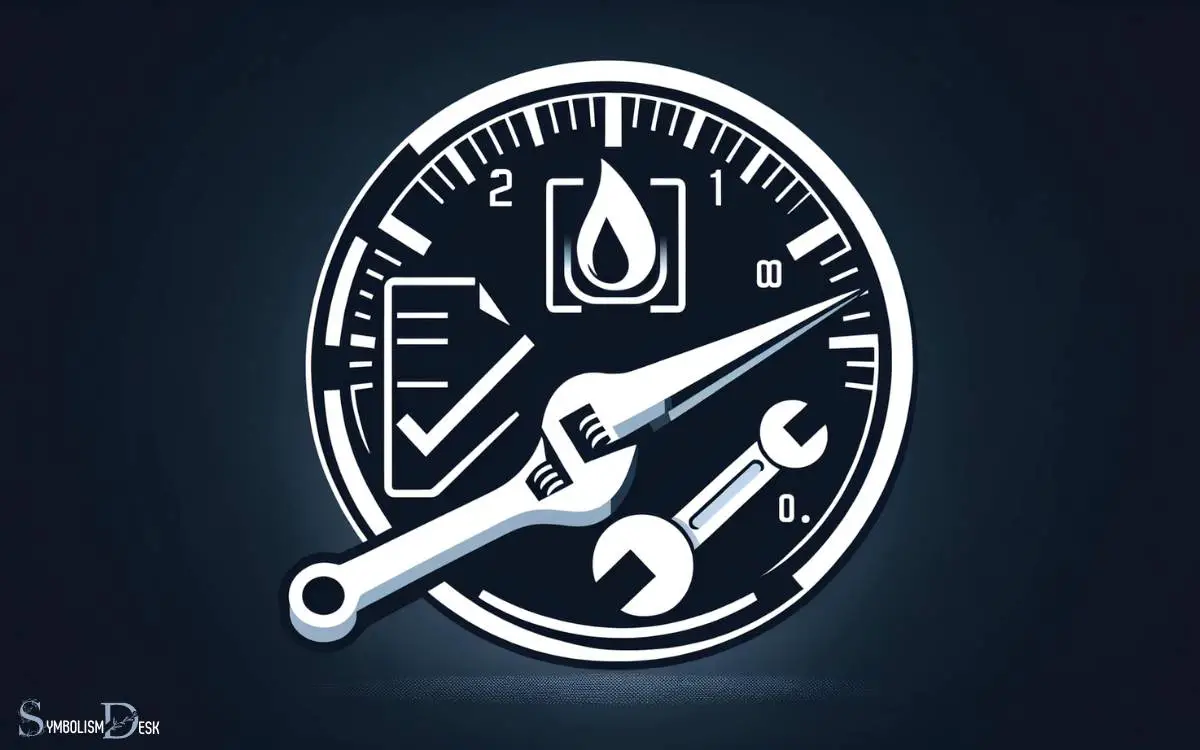
When addressing the oil light on the dashboard of a car, it is crucial to promptly investigate the cause and resolve any issues.
To effectively resolve oil light issues, individuals should consider the following steps:
- Check Oil Level: Ensure that the engine has sufficient oil by using the dipstick to check the oil level.
- Inspect for Leaks: Look for any signs of oil leaks under the car or around the engine area.
- Change Oil Filter: Consider replacing the oil filter if it is clogged or dirty.
- Seek Professional Help: If the oil light persists, consult a qualified mechanic to diagnose and address the underlying problem.
By following these steps, individuals can effectively resolve oil light issues and maintain the health of their vehicle’s oil system.
Preventive Maintenance for Oil Health
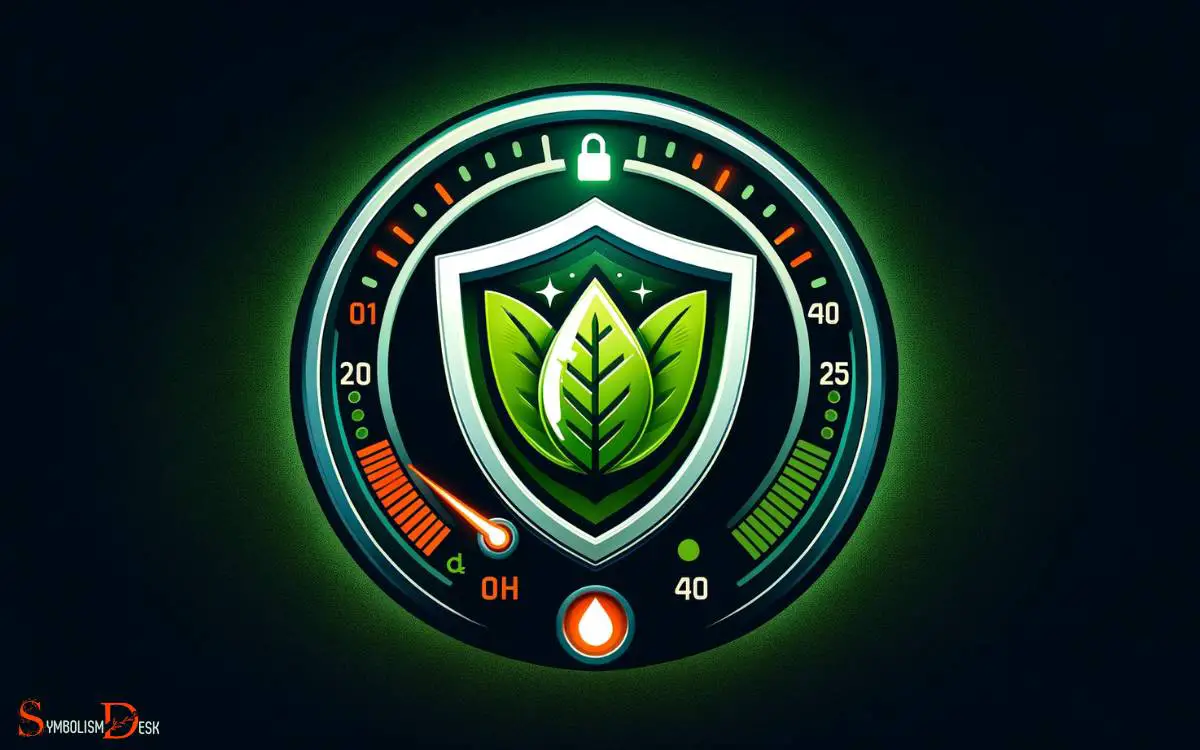
Regular oil changes are crucial to maintaining the health of the engine, as old oil can lead to increased friction and wear. It is important to monitor the oil level regularly to ensure it is at the appropriate level and to look for any signs of contamination.
Using the recommended oil type for the specific vehicle is essential for optimal performance and longevity of the engine.
Regular Oil Changes Crucial
Why is it essential to prioritize regular oil changes as a preventive maintenance measure for oil health in a car? Regular oil changes are crucial for maintaining the health and performance of a car’s engine.
Here’s why:
- Lubrication: Fresh oil lubricates the engine’s moving parts, reducing friction and wear.
- Heat Dissipation: It helps in dissipating heat from the engine, preventing overheating and potential damage.
- Contaminant Removal: Regular changes remove dirt, debris, and sludge, which can accumulate in the oil and harm the engine.
- Optimized Performance: Fresh oil ensures that the engine operates at its best, improving fuel efficiency and longevity.
Monitor Oil Level Regularly
To ensure proper maintenance of oil health in a car, it is important for drivers to regularly monitor the oil level. Checking the oil level should be done when the engine is cold and on a level surface.
The driver should use the dipstick to check the oil level, ensuring it falls within the recommended range. If the level is low, adding the appropriate type of oil is necessary.
Regular monitoring of the oil level helps to detect any potential leaks or excessive oil consumption, preventing engine damage due to low oil levels.
Additionally, it allows for early detection of potential issues with oil contamination or degradation. By monitoring the oil level regularly, drivers can ensure the health and longevity of their car’s engine.
Use Recommended Oil Type
How can drivers ensure optimal engine performance and prevent potential issues with oil contamination or degradation?
To maintain oil health, drivers should follow these key steps:
- Use the oil grade and viscosity recommended by the vehicle manufacturer to ensure proper lubrication and protection for the engine.
- Check the oil level regularly and top it up as needed to prevent damage from insufficient lubrication.
- Follow the recommended oil change intervals to remove contaminants and replenish additives that degrade over time.
- Consider environmental factors such as temperature and driving conditions when selecting the appropriate oil type to ensure optimal engine performance and longevity.
Professional Assistance for Oil Light Concerns
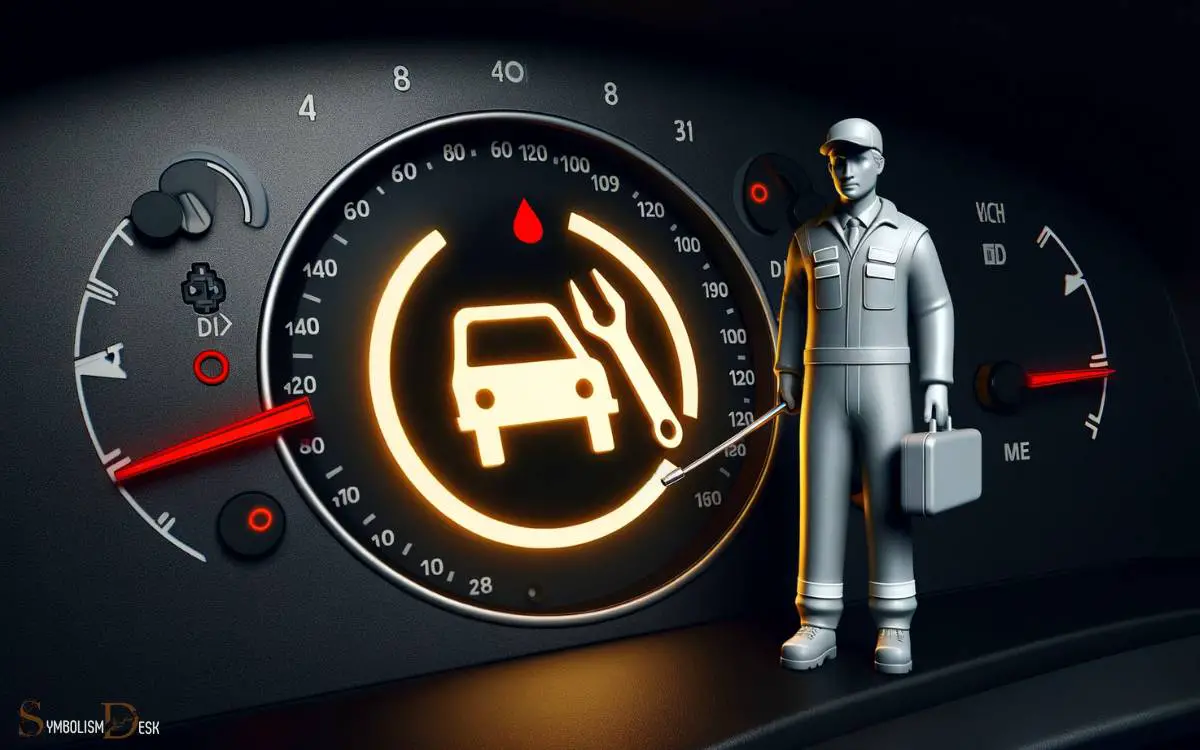
Seek out a qualified mechanic to diagnose and address any persistent oil light concerns in your car. A professional will use diagnostic tools to determine the exact cause of the oil light illumination.
Possible reasons for the oil light coming on include low oil level, oil pump failure, or a faulty oil pressure sensor. The mechanic will perform a visual inspection for any leaks or damage to the oil system.
They may also conduct a manual oil pressure test to ensure that the oil pressure is within the manufacturer’s specifications. It’s crucial to address oil light concerns promptly to prevent potential engine damage.
Conclusion
It is crucial to pay attention to the oil light on your car’s dashboard. Ignoring it could lead to catastrophic engine failure, costing a fortune to repair. Regular oil checks and maintenance are essential for the health of your vehicle.
So, don’t wait until your engine starts sounding like a rock concert, take care of your oil like it’s the elixir of life for your car. Your engine will thank you for it.






